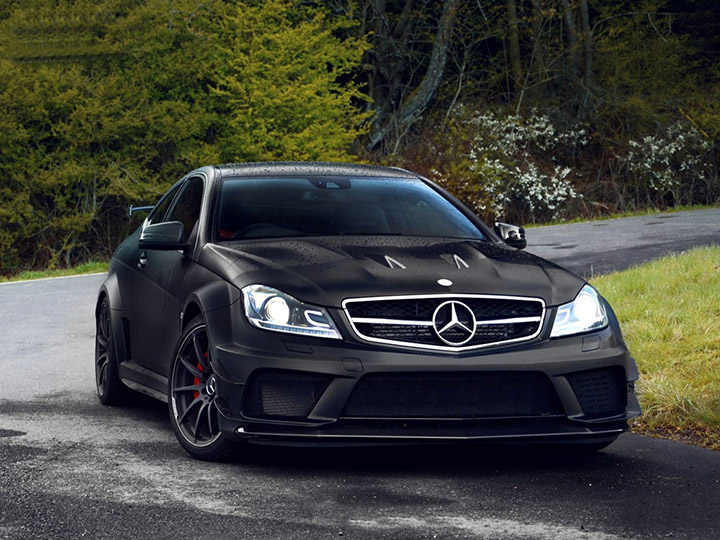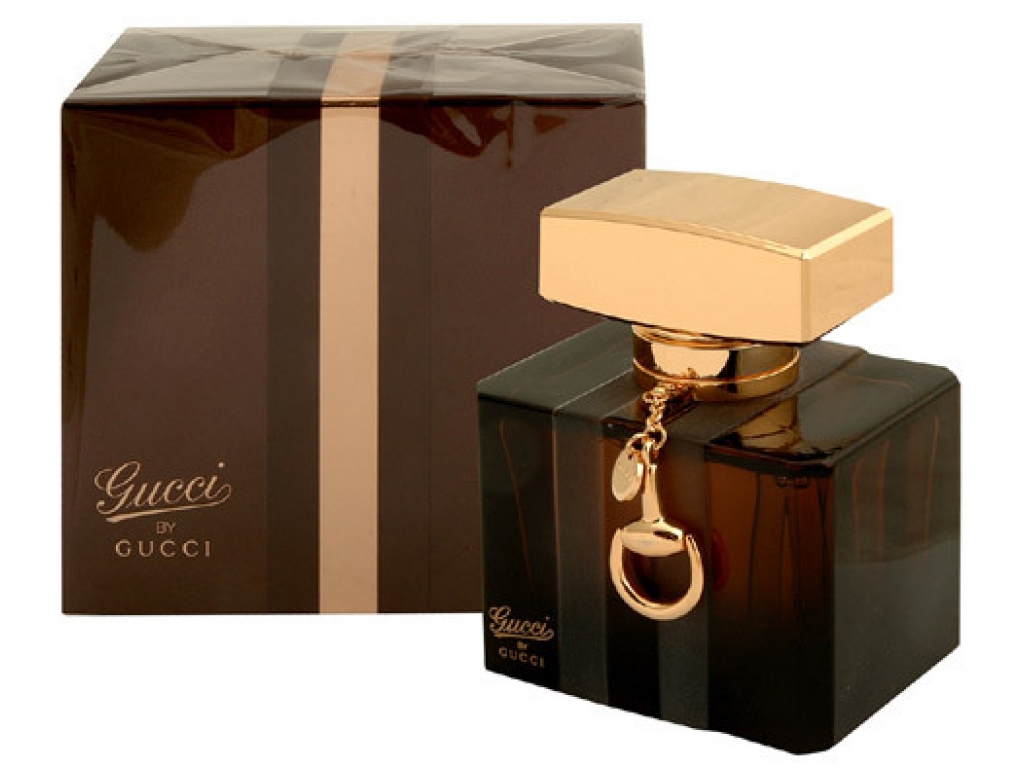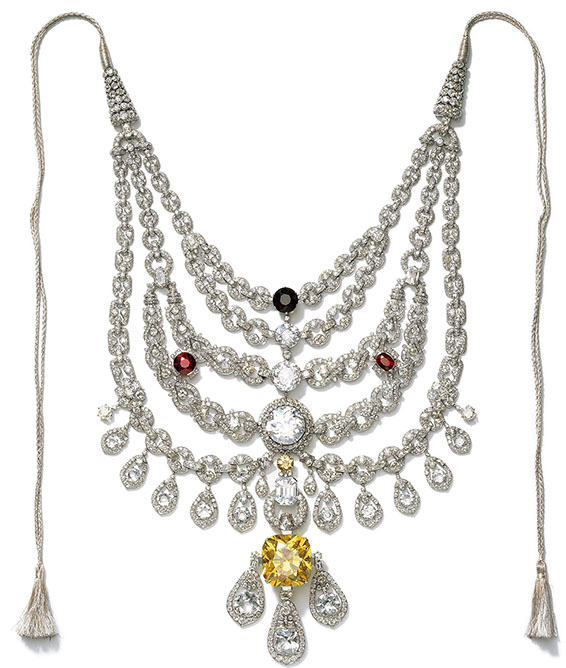Excerpts from report “Small Ain’t Beautiful — Point of View on
India Luxury Market”
Unlike what the world believes, India’s rendezvous with luxury is several hundred years old, reveals a report by consultants Bain & Company. In the first part of a two-part series, they trace the history of luxury in the country and the factors that continue to drive it in contemporary times.

Mercedes Benz
Bain & Co, among the world’s leading consultants in the world, is out with a sharply insightful report on India’s luxury market. Bain & Company partners Joydeep Bhattacharya, head, and Sandeep Lodha, principal, of the firm’s Consumer Products and Retail practice in India, presented the report, ‘Small Ain’t Beautiful — Point of View on India Luxury Market’ at a luxury conference in India last month.
According to the report, India’s traditional luxury market – which includes personal luxury goods such as watches, jewelery, apparel, accessories, fragrances and cosmetics as well as non-personal items such hotels, cars, boats, yachts, furniture and fine dining, is growing at 15 to 20 per cent a year.
According to the report, India has been no stranger to branded luxury. The shopping lists of Indian royalty are still remembered long after princely titles have been reduced to mere courtesy. Offering instances the report reveals that in 1926, the Maharaja of Patiala gave the iconic jewelry house Cartier its largest commission to date – the remodeling of his crown jewels, which included the 234.69 carat DeBeers diamond. The result was the Patiala necklace weighing 962.25 carats with 2,930 diamonds. In 1928, the Maharaja of Jammu & Kashmir placed 30 orders in six months for trunks from luggage – maker Louis Vuitton, including one for a shoe maintenance kit. In the 1930s, 20 per cent of Rolls Royce’s global sales were from India.
Maharaja Bhupinder Singh’s Patiala Necklace
However, for close to 50 years after Independence from the British, anything remotely opulent was frowned upon as India flirted with socialism. But in the past decade, the onset of liberalization and capitalism has enabled India’s new maharajas – industrialists, entrepreneurs, professionals and the rural rich – to blatantly covet all things luxurious.
In 2012, millionaires in Asia outnumbered their counterparts in North America for the first time, according to the World Wealth Report 2012 released by consultancy Capgemini and RBC Wealth Management. The Asia-Pacific region has 3.37 million high net worth individuals (HNIs), compared to 3.35 million in North America. Asia surpassed Europe in 2010. India recorded a marginal decline, but that was largely because of notional losses in the exchange rate and a stock market slump. (The markets have recovered since, and the rupee has stabilized).

Gucci Perfume
The new feature of the growth in the number of HNIs and the spread of luxury-wares is that they are no longer restricted to the metros. It is difficult to get a handle on the number of rich in rural areas. Agricultural income is tax-free in India, and there are no reliable records of rich farmers. There is anecdotal evidence, however, that small-town luxury spending is shooting up. While the economic slowdown has impacted automobile sales, the luxury car segment has managed to retain its momentum, growing at a compound annual growth rate (CAGR) of 30 per cent to 40 per cent from 2008 to 2012. Mercedes Benz India marketing director Debashis Mitra told India Knowledge@Wharton business journal recently: “Two to three years ago, Delhi and Mumbai accounted for nearly 70% of our sales. Today, this percentage has declined to 50 per cent; the rest is accounted for by Tier-2 towns.”



